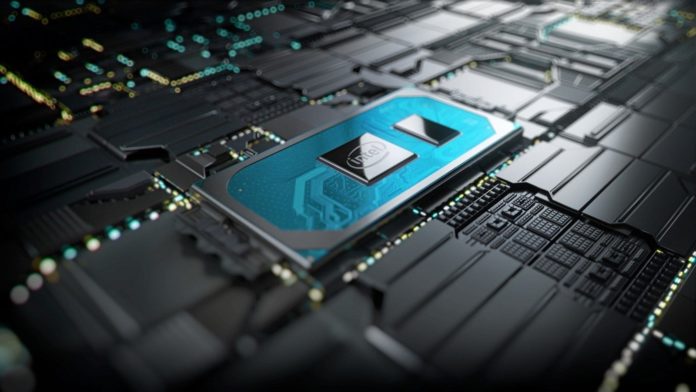As I’ve already mentioned in posts over the past few months, Intel’s 10 Gen lineup will primarily consist of the 14nm Comet Lake CPUs (read Coffee Lake on steroids) while Ice Lake will only come to the mobile and server markets and too in limited quantities. The i3, i5, and i7 CML chips will be more or less identical to their predecessors with higher clocks and HT enabled, the i9 will offer an additional two cores to bring the Intel flagship up to 10 cores and 20 threads. However, when it comes to the IPC and single-core performance, don’t expect any notable gains. And it seems like the iGPU on Comet Lake will also be more or less identical to the Coffee Lake Gen 9.5 graphics. At least according to the latest Linux firmware patch notes.

In this conversation, one of the Intel engineers notes that “From a GT perspective, Comet Lake is just Coffee Lake rev 5, but there is dedicated GuC firmware for it.”

While the Gen11 iGPU leveraged by the 10nm Ice Lake CPUs will be a major upgrade, Gen12 will also have a bunch of improvements accelerating the graphics performance. One of these will be global MOCS registers. Till Ice Lake, each graphics engine had its own set of 64 MOCS registers. In Tiger Lake and Gen12, the entire chip will have only 64 “Global” MOCS registers, and not per engine. This would help speed up things as they’d now have to be initialized only once and not individually. How this translates in terms of real-world performance will be hard to tell and unless explicitly highlights it, it’ll be impossible to know.
Read more:


